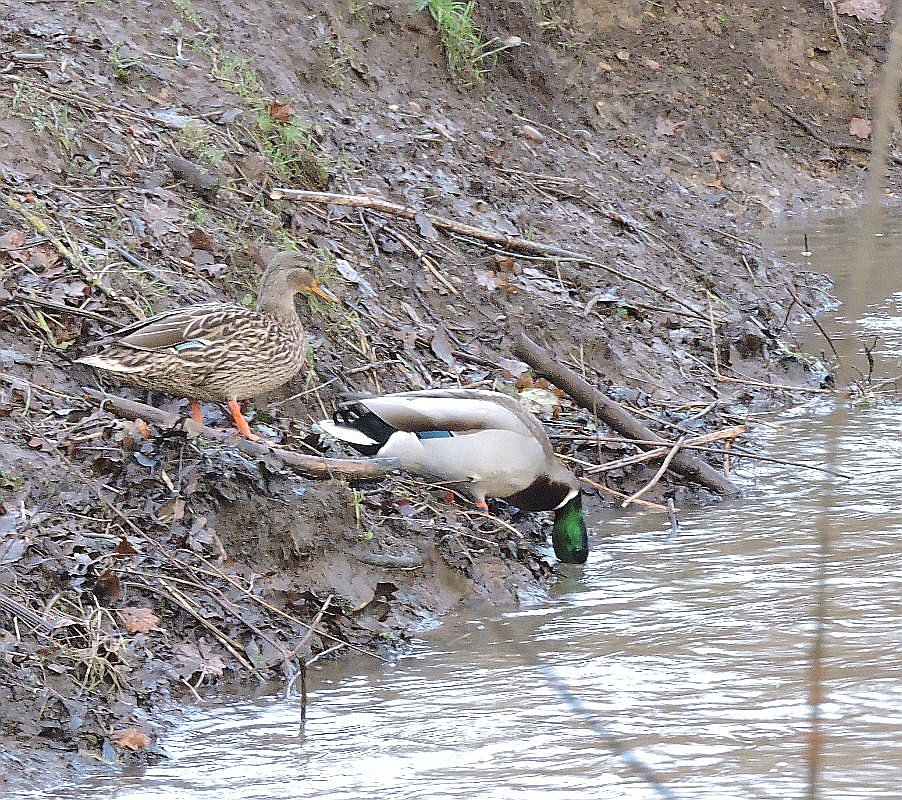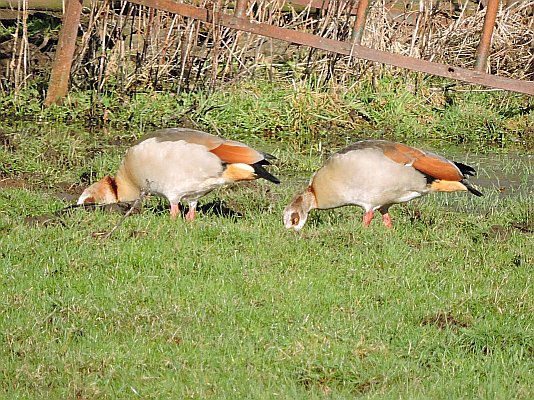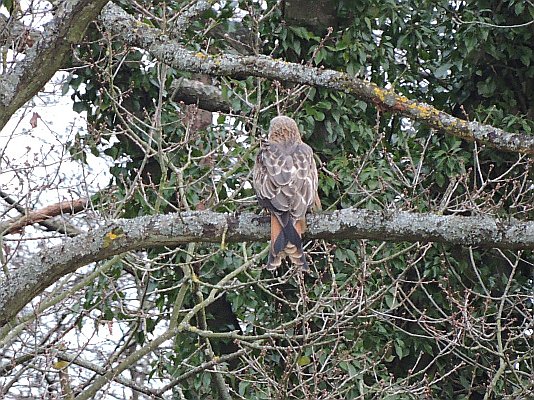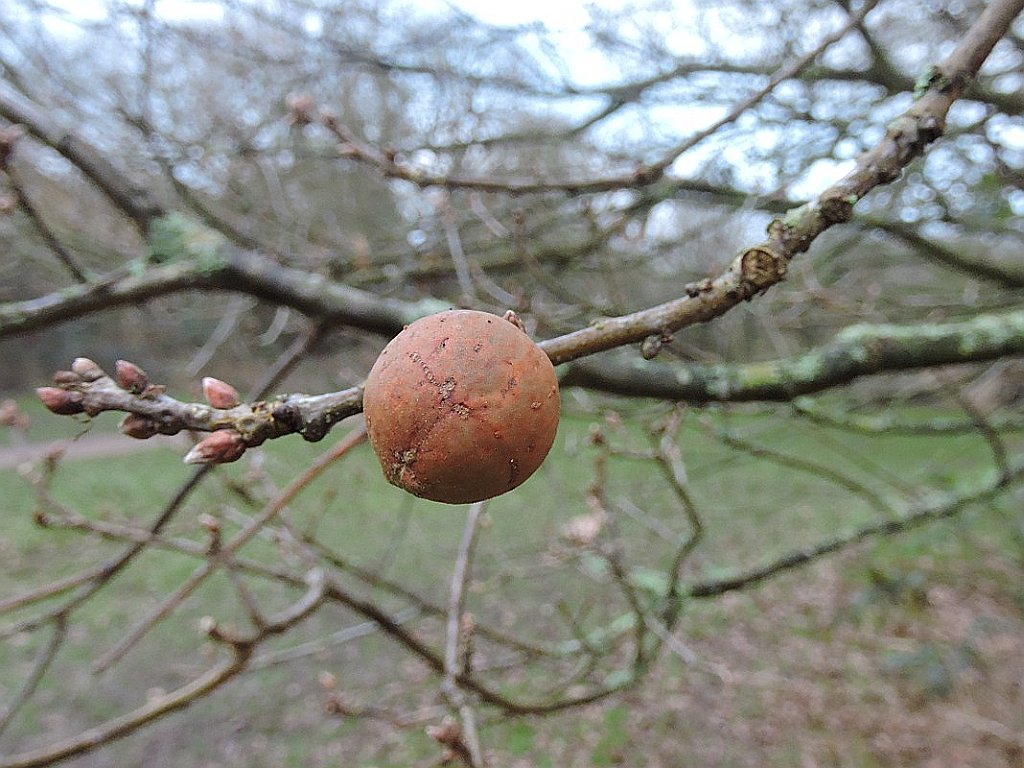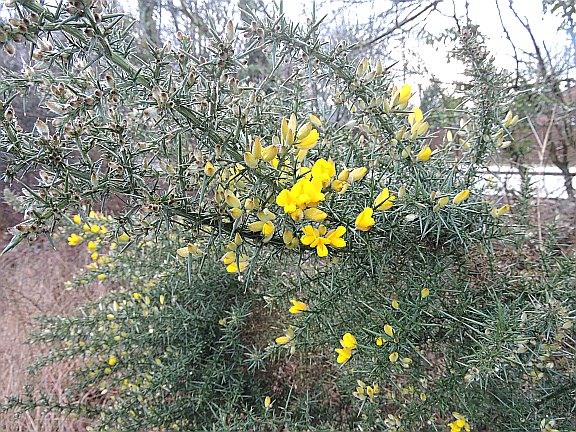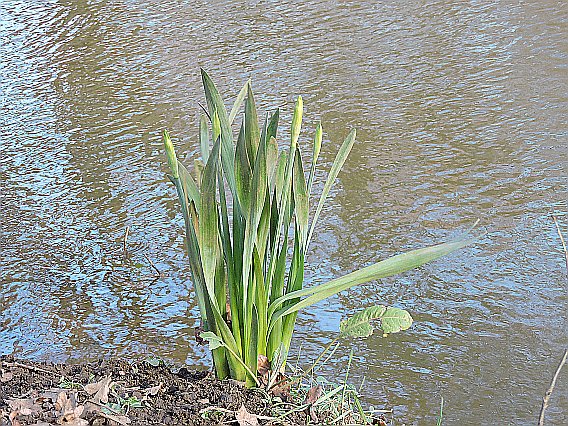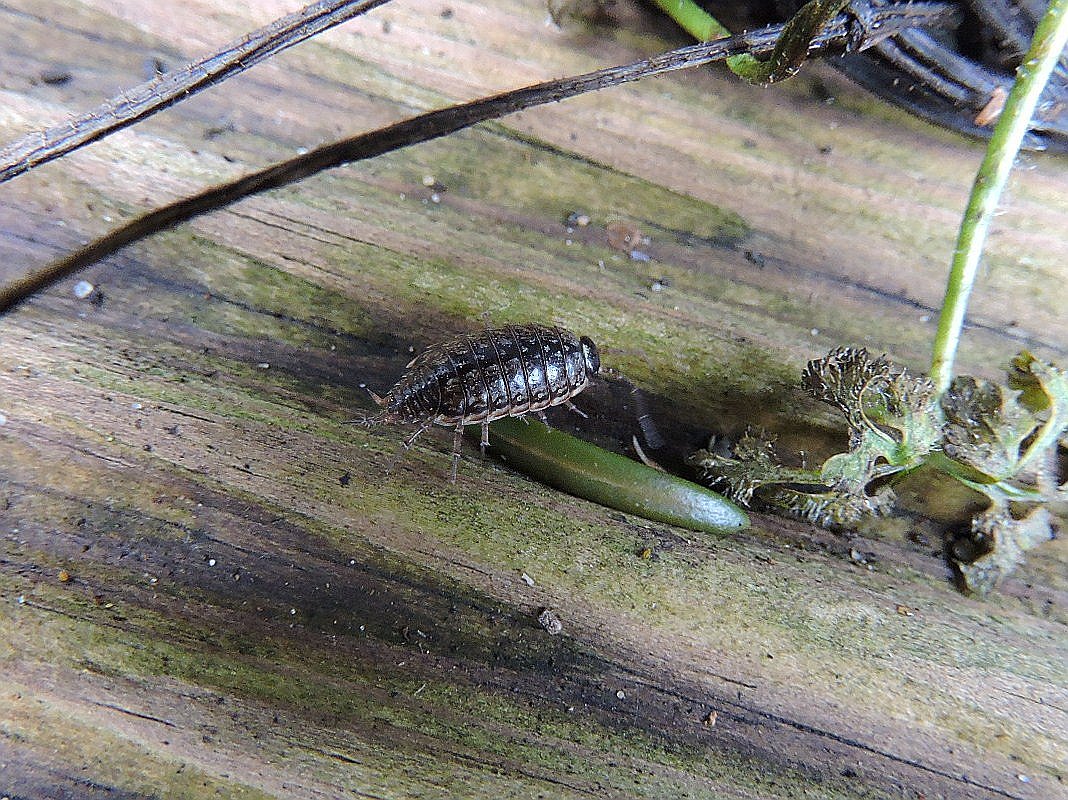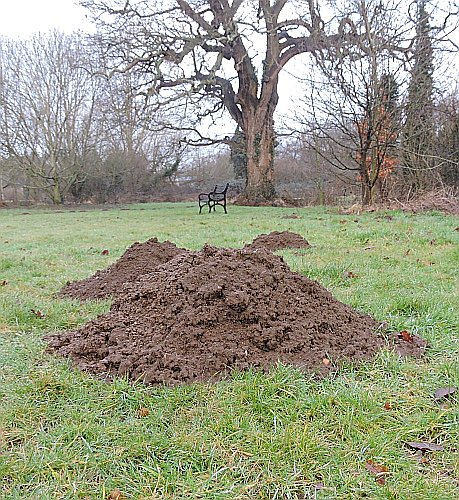
Click on the link to send in your sightings info@foteb.org.uk
For previous months sightings see Archive
The "Area Seen" refers to the 10 sections that the Brook has been split into for monitoring purposes (see Wildlife page under Monitoring ).
All sightings unless stated are from personal observations by Eddie Napper
Click on any picture to see a larger image
|
Birds 27/02/15 In Area 5 the morning sun, got the birds singing. The song of the Dunnock is a hidden treasure. This small, brown and grey bird delivers a quick, delicate, scratchy chorus.Also singing were Song Thrush , Blackbird and Robin . 26/02/15 At around 07:00 today and yesterday a small group of Canada Geese flew over Area 5 heading S calling. 20/02/15 In Area 4 this morning over Paul Bright Thomas's garden were 2 Herring Gull heading SW and 2 Cormorrant heading NW. 2 Canada Geese flew in from Area 5 circled the Area 4 Balancing pond and then headed off E calling. 19/02/15 Seen by Paul Bright Thomas were 2 Egyptian Geese flying NE over Area 4. 18/02/15 A solitary Common Gull Area 4 seen by Paul Bright Thomas. 17/02/15 Seen from his Area 4 garden a Little Egret was seen flying at tree top height along the Emm , toward the Balancing Pond by Paul Bright Thomas. Also seen were 12 Magpie together. 14/02/15
07/02/15
04/02/15 Around midday the Wood Pigeons exploded from an Area 5 tree. Checking the skies a Sparrowhawk was seen gliding through the area. A bit later at about 15:00 in Area 4 Malcolm Dunmore watched as possibly the same bird took 40 mins to polish off a Starling that it had killed in his garden. 03/02/15 A snowy walk to work this morning was brightened with a male Bullfinch with its red breast easily seen against the snow covered bush. 01/02/15
|
Insects 27/02/15
07/02/15
Plant/Trees 27/02/15
21/02/15
01/02/15
|
Molluscs
Other Wildlife Fish/ Crustacean 01/02/15
Mammals
14/02/15
Fungi
06/02/15
Amphibians
For a review of the sightings along the Emm for the first 8 months of 2014 click here May - August 2014 Sightings January - April 2014 Sightings |
